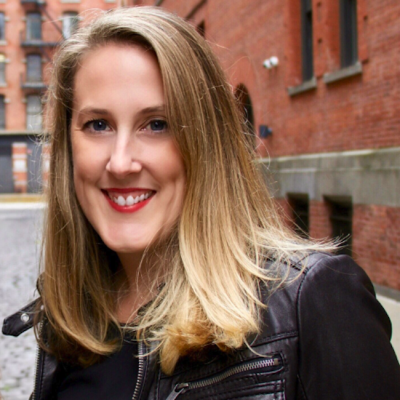
Mass markets and mainstream media often believe that majorities dictate most societal changes. History, however, has shown that our current mainstream was erected from niches: Our current majorities—in culture, in populations, and more—have stemmed from minorities.
Consider the cultural industries: The most lucrative creative franchises are Pokémon and the Marvel Cinematic Universe. While their multiple 11-figure market values and zeitgeist imprints are foregone conclusions today, they began as nothing more than a niche video game and comic books, sold for parts in the early ’90s, respectively. Further, the digital creator economy—valued at north of $100 billion—was spurred on platforms like YouTube and Xanga through the prominence of displaced minorities (notably Asians, the African diaspora, and LGBTQ+ communities) who were refused in traditional linear media.
Minority ascension into majority culture accelerates in contractive phases like the one we’re experiencing now: where traditional incumbents shore up budgets at the expense of innovation and those with scarcer assets are forced to reprioritize more personalized, essential utilities that incumbents don’t—or can’t. The latter are most easily identified through under- or misrepresented groups, calibrated by demographics (race, gender, orientation, faith, and so forth), interest (e.g., gaming, comedy), or need (e.g., health). The Asian Pacific diaspora is one such group that has gained momentum in the past five years. Spurred by both affliction and affirmative opportunities, this demographic is poised to invent and deploy a golden age of creativity and companies that define the forthcoming decades.
Our current majorities—in culture, in populations, and more—have stemmed from minorities.
Xenophobic rhetoric from prominent US leaders and a historic-high number of physical attacks convened much of the Asian American and Pacific Islander (AAPI) community like we never have before. Complex geopolitical tensions between the United States and others have furthered our existential quandaries of who we are and where we belong. Affirmatively, Asian Pacific communities in North America remain the fastest-growing immigrant population (poised to be the second largest in the coming decades), out-consume and out-purchase most other demographics in digital media per capita, drive a disproportionate percentage of multinational growth abroad, and are the world’s majority at over 4.6 billion when one considers the broader Asia continent. In short: This niche punches well above its weight when calibrated differently.
Convening a populace that’s been historically divided (partly as a remnant of collectivist culture, partly from supposed ancestral necessity to acclimate within Western culture) has been challenging. Platforms like Gold House have successfully convened the diverse Asian diaspora—across genders and ethnicities—in key locales to drive productive cultural change across industries. Fueled in part by wanting community safety and belonging and heavily by a canonical human want for prosperity, the Asian diaspora has aligned on two priorities: ensuring belonging and erecting success.
Belonging has been a two-part “carrot and stick” approach of reshaping public opinion through media and systemically addressing safety through restorative policies and community involvement. In media, the most profitable and awarded film of the past year (and most awarded of all time) was Everything Everywhere All at Once, while the most-viewed series on the world’s largest entertainment platform—Netflix—was Squid Game. In art, the highest praise one can receive is “I’ve never seen anything like this,” an undertone for both creative works that started niche—or even invisibly—but penetrated the mainstream. Further, new multimedia powerhouses like Kakao and CJ ENM further initiate singular creative work while recentering the world’s cultural center of gravity. Complementarily, #StopAsianHate organizations like Stop AAPI Hate and The Asian American Foundation, on-the-ground journalists, and platforms like GoFundMe continue to track attacks to ensure safer communities.
Erecting success homes in on businesses—where Asian Pacific leaders are the least likely demographic to be promoted to management—and government. While enhancing inclusive, upward mobility in traditional corporations is essential, others have seen more expedient promise among entrepreneurs, where the Asian diaspora accounts for more than 40 percent of Forbes Midas List funders and Asian Americans account for more than 15–25 percent of the half-unicorns founded in the last decade. Indeed, when one founds their own company, they are able to immediately dictate the C-suite and boards for more rapid change.
Of course, the Asian diaspora is not the only promising “New Mainstream.” But the community’s accelerating recent success indicates that niche is not only promising but eventually king.




















